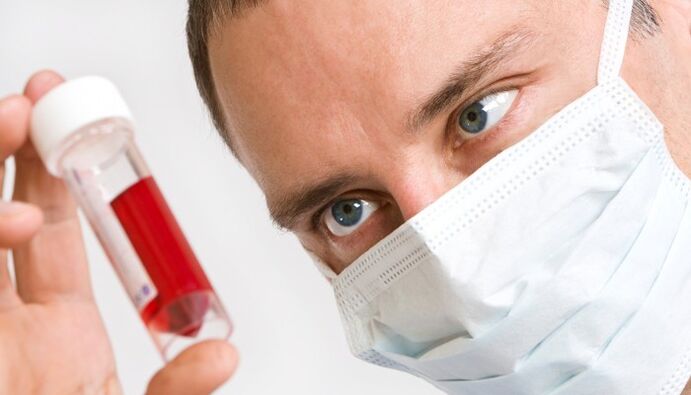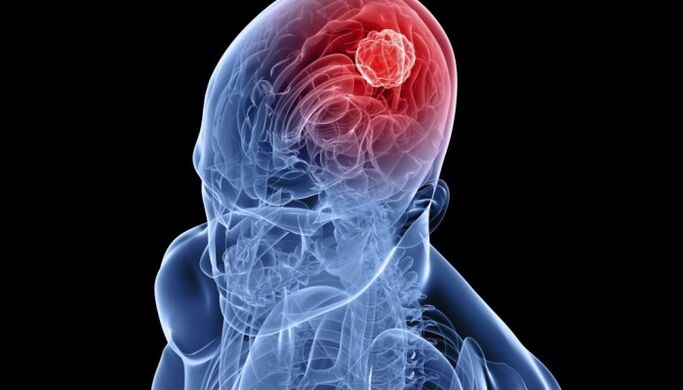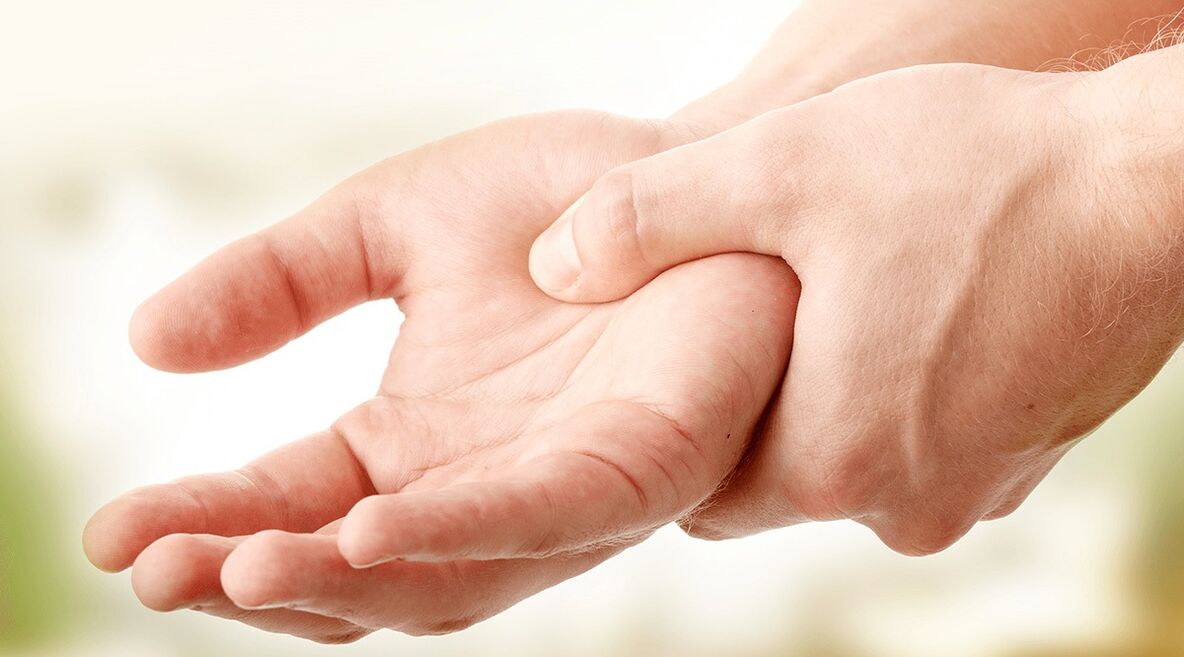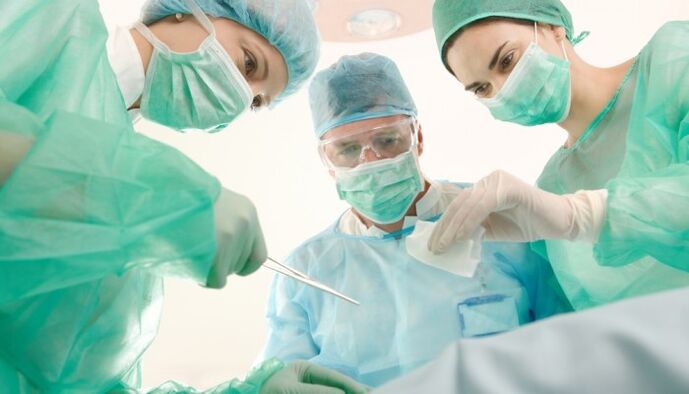When unpleasant sensations appear in a certain area, it is certainly a source of problems for the patient, but the pain throughout the body brings much more suffering. In this case, even daily activities disappear into the background as they become difficult to perform.
Many people are familiar with the feeling of weakness, fatigue and pain that interfere with active life. Similarly, common pain in muscles, bones or joints cannot be ignored. It should force the patient to make quick decisions to understand the cause and nature of further action. But for this you must first visit a doctor.
Reasons
If the muscles and joints of the whole body hurt, then you first need to understand what it is related to.
A wide range of such sensations is bound to prompt the patient and physician to direct the idea of a systemic lesion. The cause should be sought not in the individual tissues of the musculoskeletal system, but in the functioning of the whole organism and its systems. At the same time, it is quite difficult to understand what is actually hurting: muscles, bones or joints. Such sensations spread throughout the body and do not have an exact location. However, there are countries for which such a situation is quite typical. These include the following:
- Physical stress.
- Infectious diseases.
- Connective tissue pathology.
- Blood diseases.
- Tumor processes.
- Neurological disorders.
As you can see, the pathology is quite diverse and serious. If you do not fully consider the physiological causes of muscle weakness and pain in them, then you need to be very careful about the likelihood of these diseases. Consultation with a doctor is never superfluous.
It is possible to make an assumption about the origin of the pain in the joints and muscles of the whole body after a clinical examination by a doctor.
Symptoms

Each pathology has its own characteristics. All manifestations, even minor ones, must be taken into account. In order to identify a disease that affects the condition of the muscles and joints, it is necessary to analyze the patient's complaints and objective symptoms.
As pain is the most common symptom, its possible characteristics should be considered:
- Pain, burning, cutting or stabbing.
- Localized in the area of muscles, bones or joints.
- It is felt in the same parts of the body or is unstable.
- Permanent or periodic.
- Moderate, strong or weak.
It may be accompanied by a feeling of weakness, fatigue or pain. If the cause of the pain lies in common diseases of the body, then there will certainly be other symptoms that will indicate the source of the problem.
Physical stress

To begin with, you need to rule out a situation that almost anyone can face. Excessive physical activity can lead to muscle tension, which affects the sensations in different parts of the body. Pain and weakness are associated with the accumulation of lactic acid in the tissues and microdamage to the fibers. As a result, a sore throat develops, which passes over time. It should be remembered that only muscles are involved in the process and there should be no other symptoms.
If physical exertion is ruled out, then you should look for more serious causes of pain.
Infectious diseases

Bone and muscle pain are familiar to anyone who has ever had a respiratory infection. Even the banal ARI is accompanied by such symptoms. What about more serious pathology, such as influenza, meningitis, hemorrhagic fevers, leptospirosis, Lyme disease. Flying pains are characteristic of brucellosis and epidemic myalgia. In many cases, such sensations are the result of microbial intoxication. Infectious diseases are accompanied by other symptoms:
- Fever.
- Cough, sneeze.
- Every rash.
- Nausea, diarrhea.
- headache.
- General weakness.
Joint pain can bother even patients with liver damage - viral hepatitis. This case is characterized by heaviness in the right hypochondrium, yellowing of the skin and decreased appetite. we must not forget about the possibility of parasitic invasions, such as trichinosis, in which muscle pain is of great diagnostic value.
The spectrum of infectious pathology is very wide, so it is necessary to identify the cause of pain in the body in a timely manner.
Connective tissue pathology

If the muscles and joints hurt, then the patient should be examined to identify systemic diseases: lupus erythematosus, polymyositis, scleroderma, rheumatoid arthritis. They have an autoimmune nature and occur with damage to the connective tissue that is found in all systems of the body. In this case, you should pay attention to the following characteristics:
- Symmetrical damage to the joints of the hands with characteristic deformities - in rheumatoid arthritis.
- Redness of the skin in the form of a butterfly - with lupus erythematosus.
- Weakness of the muscles of the limbs and neck - with polymyositis.
- Thickening of the skin of the fingers, face as a mask - with scleroderma.
Another disease with systemic manifestations should be mentioned - rheumatism. Although a microbial agent (streptococcus) becomes a trigger, an autoimmune process develops in the future. It is this disease that will be characterized by flying pains in the joints.
Connective tissue diseases are accompanied by damage to internal organs: the heart, lungs, kidneys, as well as blood vessels and the nervous system.
Blood diseases

Diseases of the hematopoietic system are a common cause of bone pain. Unfortunately, most of them are malignant, so it is useful for everyone to know the characteristic signs of such pathology. In addition to body aches, leukemia develops the following symptoms:
- Rising temperature.
- Swollen lymph nodes.
- Hemorrhages with different localization.
- Pale skin.
- Enlargement of the spleen and liver.
- Susceptibility to infection.
In addition, it can disrupt shortness of breath, general weakness, loss of appetite, skin nodules. The acute form of leukemia has pronounced manifestations and is a serious danger to life in the absence of adequate treatment.
Tumor processes

Pain in the bones, joints or muscles of the whole body can occur in the structure of the paraneoplastic syndrome, which is characteristic of various malignant tumors. It develops due to metabolic, immune and other disorders associated with the primary process. Arthro- or osteopathies, similar to various rheumatic diseases, are common. Such signs appear long before the discovery of the tumor process.
In addition, bone pain may be the result of "cancer intoxication" seen in patients with advanced tumors and metastases. In addition to this symptom, the clinical picture of the disease will be dominated by general disorders:
- Great weakness.
- Weight loss, to exhaustion (cachexia).
- Lack of appetite, nausea.
- Pale skin with a grayish, icteric or bluish tinge.
- Fever.
- Depression, irritability.
Such signs significantly worsen the patient's condition and adversely affect the prognosis of the disease.
It is necessary to pay increased attention to the detection of tumors in the early stages, which is possible only with regular preventive examinations.
Neurological disorders

If the patient feels that the muscles, joints or bones hurt, then the problem may even lie in the nervous system. Very often such symptoms are observed in polyneuropathy. The disease may have different localization, but the lower limbs are most susceptible to it. In such cases, the following symptoms are noted:
- Numbness, tingling, burning, crawling "goosebumps".
- Decreased sensitivity.
- Change in the severity of reflexes.
- Muscle weakness, malnutrition.
- Thinning of the skin, hair loss, dryness.
Polyneuropathy can cause severe pain that significantly affects the quality of life of patients.
Diagnosis

After a clinical examination, it is necessary to use additional methods that will help establish the correct diagnosis. Given the wide range of possible pathologies, the doctor will need a variety of laboratory and instrumental instruments. These include the following:
- General analysis of blood and urine.
- Biochemical blood test (infectious antigens, rheumatic tests, tumor markers, acute phase indicators, liver function tests, etc. ).
- Bacteriological analysis of blood and body secretions.
- Bone marrow puncture.
- Computer and magnetic resonance imaging.
- Neuromyography.
A consultation with a rheumatologist, infectious disease specialist, oncologist, hematologist and neurologist is required.
It is possible to draw a definitive conclusion about the origin of bone or muscle pain based on the results of a comprehensive examination.
Treatment
Once the diagnosis is made, additional measures are determined by the doctor. Therapeutic tactics will depend on the type of disease, its spread and the condition of the patient's body. It is difficult to formulate a general therapeutic program for all diseases that may be accompanied by aches or pains in the joints, muscles and bones. It all depends on the specific situation that determines the use of conservative or operative techniques.
Drug therapy

The basis of treatment of most diseases is the use of drugs. It is difficult to imagine modern medicine without them. A wide variety of drugs allows you to influence almost any mechanism for the development of pathology and its cause. With the advent of some drugs, the treatment of serious diseases has become much easier.
Depending on the established diagnosis and clinical situation, the following medications can be used for whole body pain:
- Antibiotics and antiparasitic.
- Non-steroidal anti-inflammatory drug.
- Hormones (glucocorticoids).
- Cytostatics and immunosuppressants.
- Detoxification.
Many drugs have serious contraindications for neoplastic diseases. This applies to vitamins and metabolic agents. Their use can enhance the progression of the pathological process. Of course, the complex of treatments may include additional drugs that will affect the individual symptoms of the disease.
Medicines must meet generally accepted standards of therapy and should only be prescribed by a doctor.
Surgery

Surgery may be indicated for tumors or blood diseases. In the first case, the pathological focus is removed together with the regional lymph nodes. Given the nature of the disease, the subsequent appointment of radiation therapy is possible. In case of progressive leukemia against the background of conservative treatment, bone marrow transplantation is recommended.
Pain in the musculoskeletal system and the joint system, which covers almost the entire body, can be a serious cause for concern. Early diagnosis and proactive treatment will help prevent complications and improve the prognosis for any disease.



































